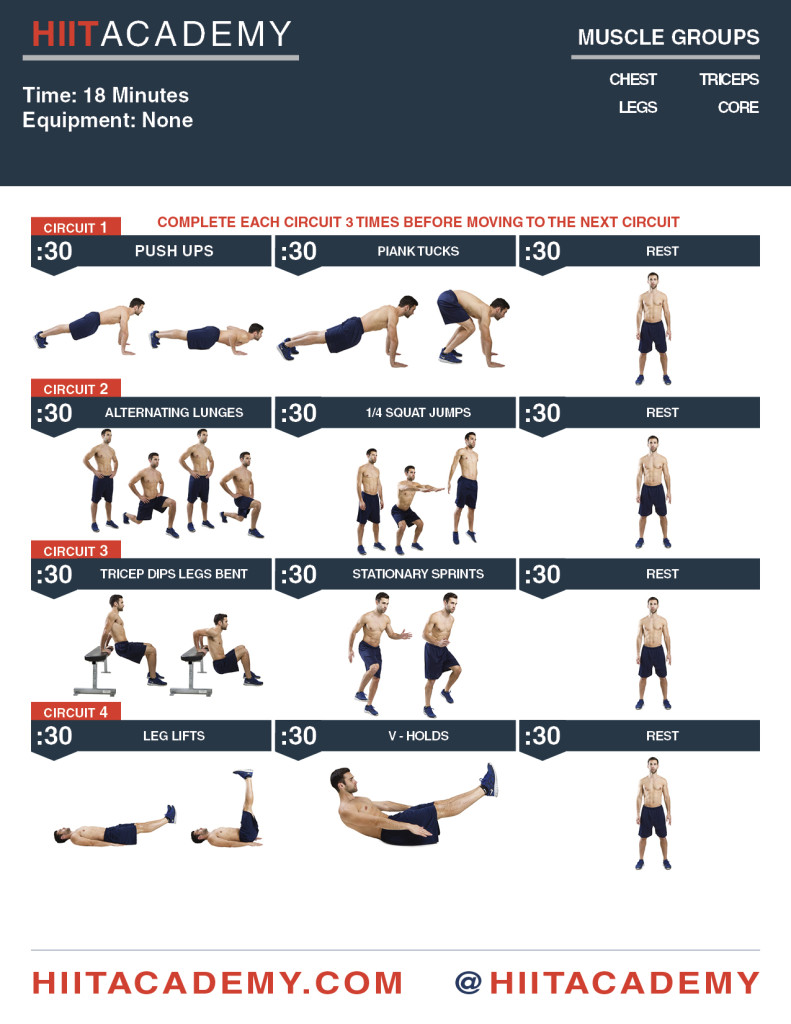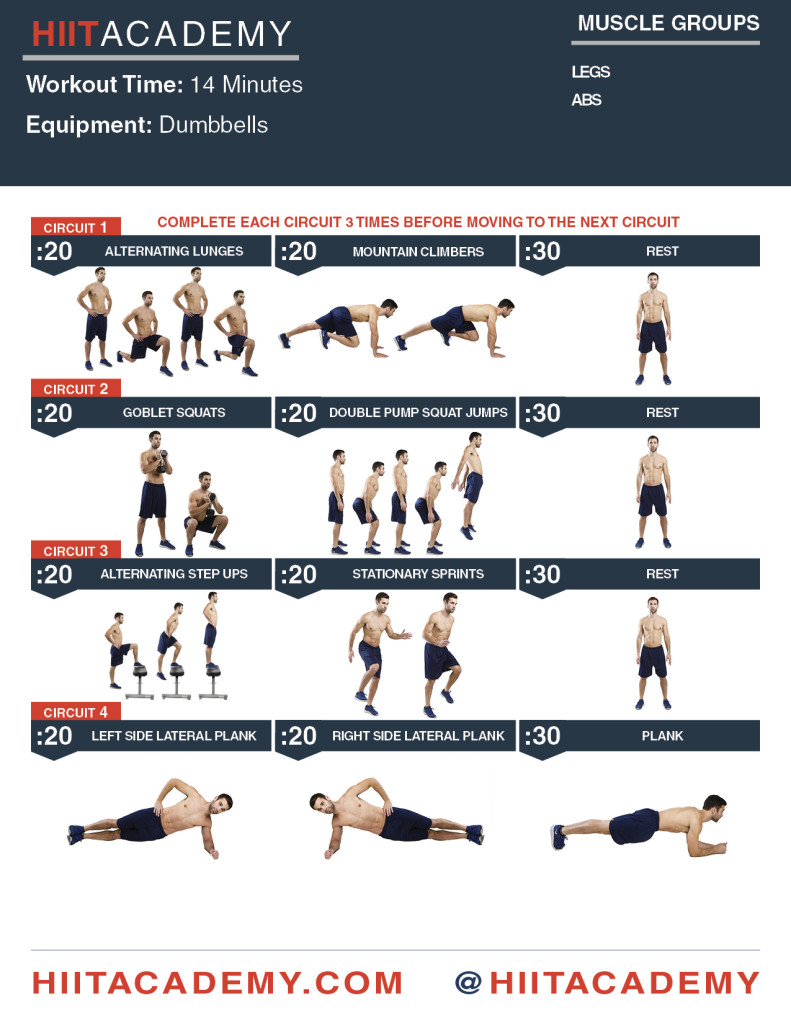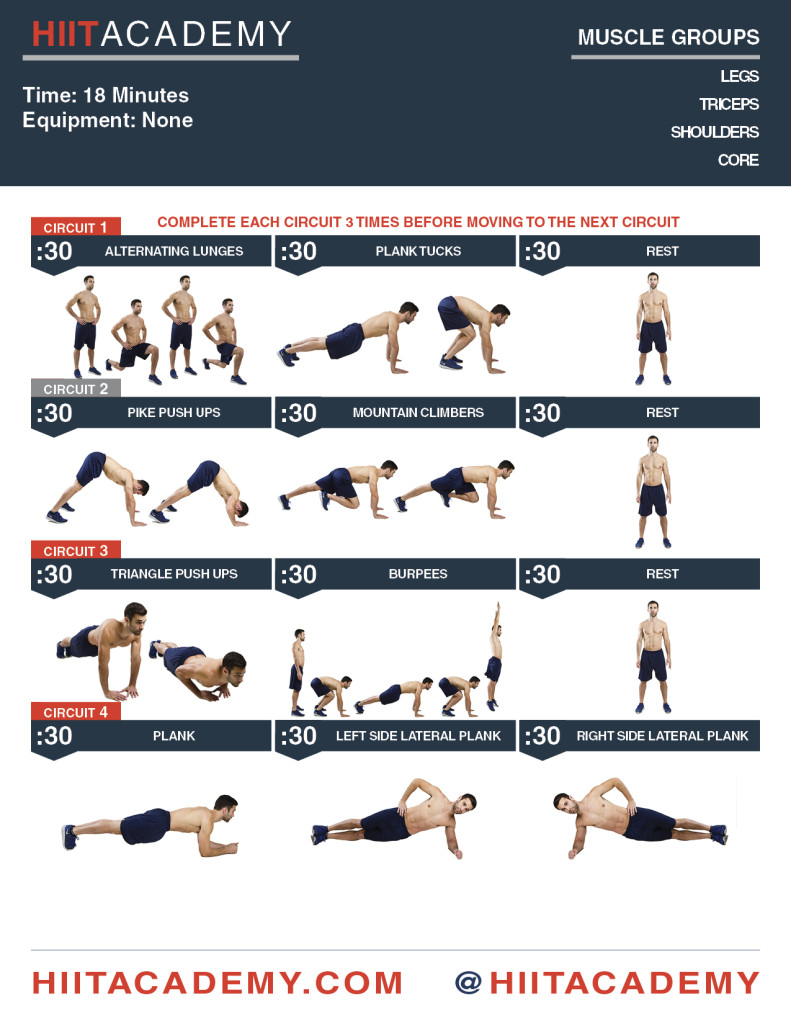Check out this quick science lesson about anaerobic respiration and learn how it’s part of your HIIT workout in this installment of Breaking HIIT Down.
First, you have to know how the body produces energy. All energy in the body is produced through a process called respiration. And the body has two modes of respiration that it switches back and forth from depending on the given circumstance.
The first mode of respiration is called aerobic respiration. You spend most of your time in this mode of respiration. Aerobic respiration means there is enough oxygen in the body to create the energy needed to sustain life. You breathe in oxygen, the body uses that oxygen to produce energy, and then waste is expelled as carbon dioxide. Whether you’re sitting on the couch watching television, or doing some light jogging, this is the respiration that the body is using to produce energy.
The second mode of respiration is called anaerobic respiration. This means that there isn’t enough oxygen readily available to produce the energy needed at that given moment. You tap into this mode when you have to quickly contract a muscle. Picking up a heavy weight or sprinting will trigger this anaerobic respiration.
When we tap into anaerobic respiration, we are relying on a very powerful source of energy known as adenosine triphosphate and phosphocreatine, or ATP-PC for short. Your body creates stores of ATP-PC for moments when you need it most.
And although this energy is very powerful, it comes in short supply and takes time to be regenerated. When you maintain high performance in your muscles for a long period of time, the anaerobic mode of respiration calls upon the body to produce lactic acid to to help create more ATP.
You’re probably familiar with lactic acid, as it has been associated with the burning sensation you feel in the muscles when you run after a period of prolonged inactivity. Although the muscle burn isn’t the most pleasant feeling in the world, creating it is actually beneficial.
To get the lactic acid to return to where it came from requires oxygen. When you’ve exhausted your muscles of oxygen you put them into an oxygen debt. You’re body will use more oxygen, thus burning more calories. Therefore, the lactic acid produced through anaerobic respiration is responsible for the afterburn effect that is so popular amongst HIIT enthusiasts.
Consider this the next time that you go to do a HIIT workout. You want to push yourself to produce that burning feeling. When you feel it, you’ll know you’ve reached the point of anaerobic respiration and you’ll start seeing the major benefits that HIIT has to offer.
Enjoy this blog post?
Sign up today to become a HIIT Academy Student and receive a free weeks worth of workouts right away + other awesome tips to get and stay fit in minimal time!











Leave a Reply